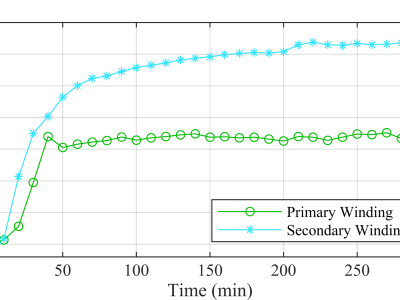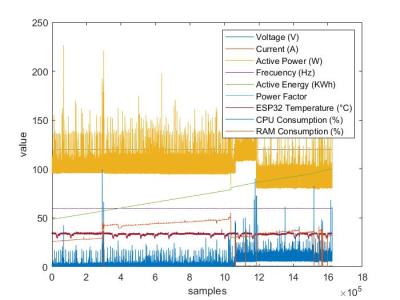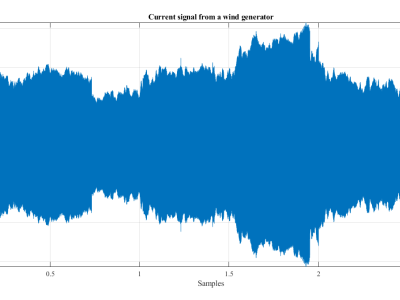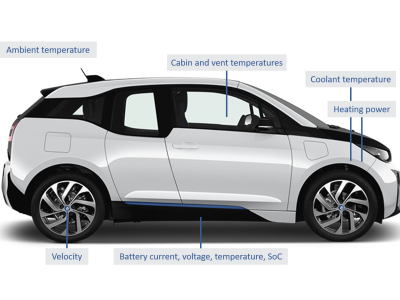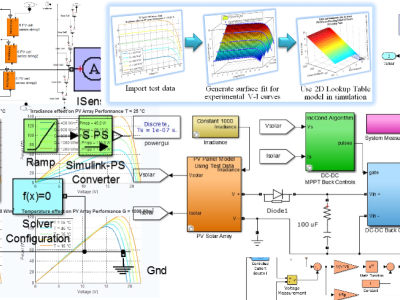NCR186500BD Energy Optimization and Power Security (EOPS) Laboratory
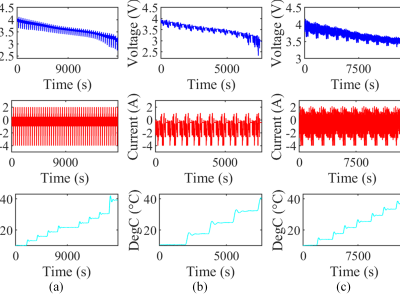
- Citation Author(s):
-
Yinglong Zhao
- Submitted by:
- Yong Li
- Last updated:
- DOI:
- 10.21227/w4a2-ax42
 107 views
107 views
- Categories:
- Keywords:
Abstract
In the experiments, data is collected through tests on a LIB, specifically the Panasonic NCR186500BD, which has a capacity of 3200 mAh, a voltage of 3.6 V and is used as an energy storage unit by Tesla electric vehicles. To simulate different discharge modes of an EV battery, the Dynamic Stress Test (DST), Beijing Dynamic Stress Test (BJDST), and Federal Urban Driving Schedule (FUDS) are used as test subjects. The tests are conducted at temperatures ranging from 10 °C to 45 °C in the Energy Optimization and Power Security (EOPS) Laboratory at Hunan University, China. The EOPS team used various equipment to collect data, including the Ivium Stat electrochemical workstation to control battery charging and discharging, the thermal chamber to control the battery's ambient temperature, the AT4204 temperature tester to collect temperature information, and a host with Ivium software to view and control data.
Instructions:
The first column represents current, the second column represents voltage, the third column represents SOC (State of Charge), and the fourth column represents temperature.


